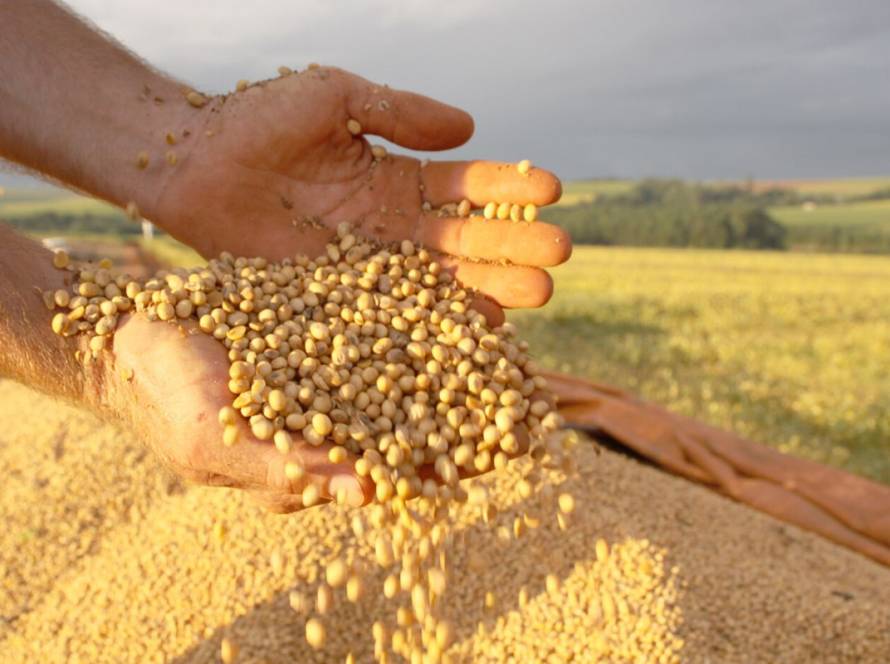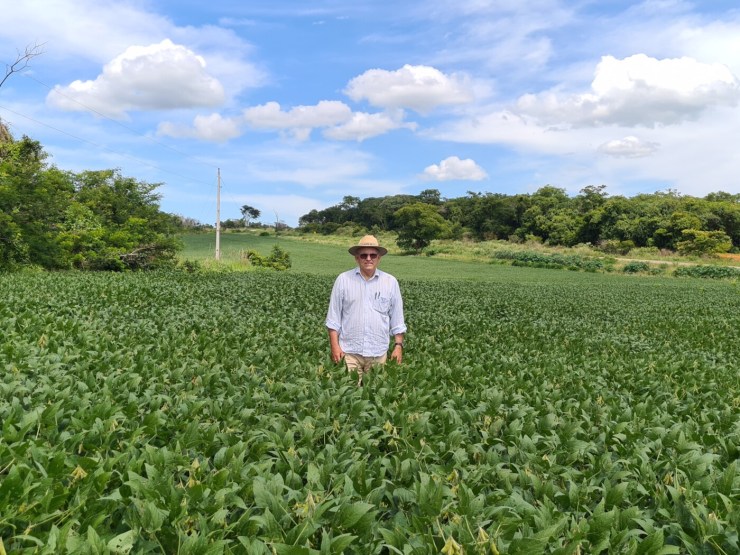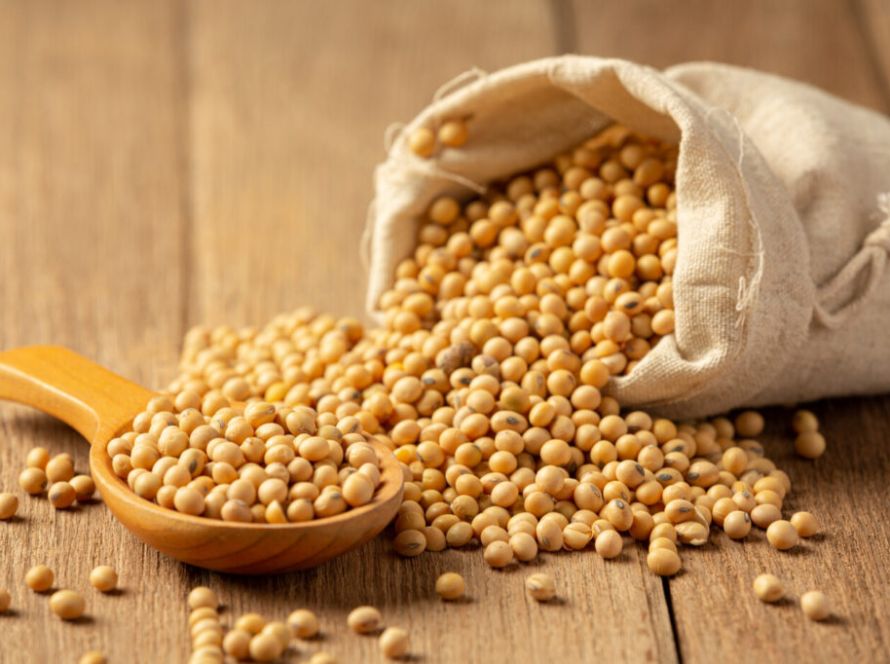The Amazon Arc region, which encompasses port terminals along the Amazon River and its tributaries, including those located below Marajó Bay, has been gaining increasing importance in the national logistics landscape. With a throughput of 87.8 million tons in 2024, considering long-haul and cabotage operations, the region registered a growth of 4.8% compared to the previous year, consolidating its position as one of Brazil's main freight routes, particularly agricultural commodities, which are important for Brazilian foreign trade. Of this total, approximately 64% were handled by Private Use Terminals (TUPs), reinforcing the private sector's leading role in the region's logistics dynamics.
The information comes from a survey by the Research and Development Coordination of the Association of Private Port Terminals (ATP), which brings together large companies and 70 private terminals in the country. According to the ATP, in 2024, port movement in the Amazon Arc, which includes all states in the North Region of the country, was led by solid bulk cargo, with highlights including bauxite (23.9 million tons), soybeans (17.1 million tons), and corn (13.7 million tons). Containerized cargo also showed significant volume, with 9.9 million tons handled. Also passing through the region's port terminals were inorganic chemicals (5.7 million tons), petroleum and non-crude oil derivatives (5.2 million tons), fertilizers (3.9 million tons), and caustic soda (1.2 million tons), among others. These figures reflect the diverse profile of the cargo matrix transported by Brazilian port terminals, with a predominance of mineral and agricultural commodities.

In this scenario, the significant growth in the movement of soybeans and corn stands out, which, in the last ten years, has accumulated high of 288.1%, a percentage significantly higher than that observed on the main traditional export routes. In the same period, the movement of both commodities in the port complex of Santos (SP) showed growth of 55,3%, while in the Paranaguá complex (PR) it advanced 17,2%In 2024, soybean and corn movement in the Amazon Arc reached 30.9 million tons, corresponding to 22.8% of the national total of corn and soybeans moved in long-haul and cabotage, estimated at 135.3 million tons. This volume alone reinforces the strategic role of the Amazon Arc as an alternative route to traditional corridors.
For comparison purposes, Santos handled approximately 43.9 million tons of soybeans and corn in 2024, equivalent to 32.4% of the national total, while Paranaguá accounted for 14.3 million tons, or 10.6%. Together, the two main ports accounted for 43% of these commodities. Although the combined volumes are higher, the proportional growth and consolidation of the Amazon Arc as a logistics corridor reveal a significant shift in the geography of grain exports in the country.
ATP seeks to increase authorized draft for navigation
Despite the progress, 2024 and 2025 have proven challenging for cargo flow in the region. The prolonged drought, with significant reductions in river levels, combined with delays in maintenance dredging, has resulted in restrictions on vessel loading capacity.
As a direct reflection, the movement of soybeans and corn for long haul and cabotage in the Amazon Arc showed a drop of 8.7% in the first five months of 2025 alone, compared to the same period in 2024, presenting a volume of 13.3 million tons.

Given this scenario, ATP has intensified its efforts to strengthen navigation in the Northern Region. One of the most notable initiatives is the Barra Norte project, which seeks to expand the authorized draft and, thus, increase the region's logistical efficiency. At the same time, ATP's Infrastructure Committee has been working with institutions such as the National Department of Transportation Infrastructure (DNIT) and the Brazilian Institute of Environment and Renewable Natural Resources (IBAMA) to facilitate strategic dredging projects, such as the one on the Tapajós River.
Furthermore, ATP actively advocates for the implementation of the waterway concession model, which provides for the transfer of responsibilities such as hydrographic surveys, traffic management, maintenance, and nautical signage to the concessionaire. This model seeks to provide greater predictability and regularity to inland navigation, reducing dependence on emergency response and ensuring greater stability for waterway transportation.
For ATP president Murillo Barbosa, the consolidation of the Amazon Arc as a strategic logistics route depends on structural public policies, institutional partnerships, and a regulatory environment that favors long-term investments. "With its natural vocation for inland navigation and its privileged geographic position, the region has all the conditions to continue expanding its share of the flow of national production, provided that current operational bottlenecks are overcome," states Barbosa.
Movement of corn and soybeans in the Amazon Arc


Movement of Soybeans and Corn by Port Region






